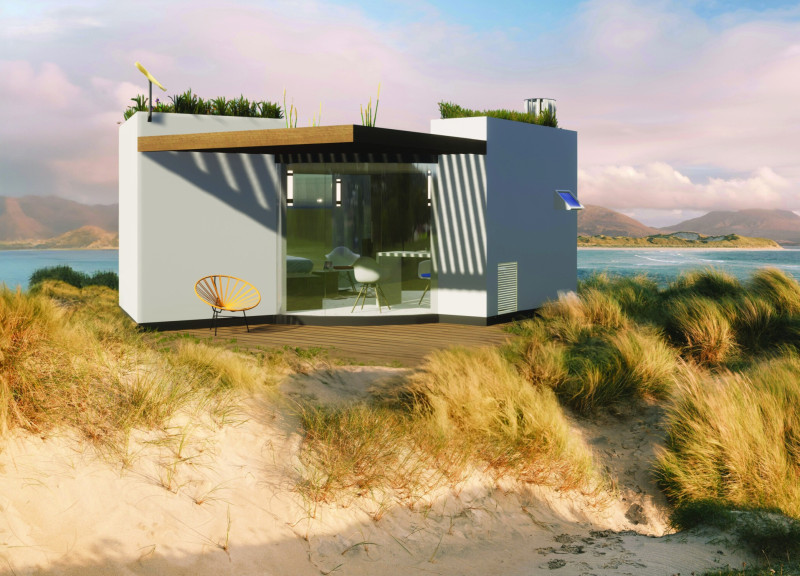5 key facts about this project
From the outset, the project is characterized by its deliberate spatial organization, which facilitates movement and interaction. The layout encompasses various interconnected areas, including [describe important spaces such as gathering areas, private rooms, outdoor spaces, etc.], allowing for a seamless transition between functions. The design emphasizes accessibility, ensuring that the spaces are user-friendly for individuals of all ages and abilities. This approach not only enhances user experience but also maximizes the project’s potential for community interaction and collaboration.
A significant aspect of the design is its materiality, which plays a crucial role in establishing a connection between the built environment and its natural surroundings. Employing a selection of durable materials such as reinforced concrete, steel, glass, wood, and stone, the project strikes a balance between functionality and aesthetics. The use of concrete provides structural integrity while allowing for expansive, open interiors. Large glass panels invite natural light and blur the boundaries between indoor and outdoor areas, which fosters an inviting atmosphere. Meanwhile, the inclusion of wood elements offers warmth and character, making the spaces feel approachable and welcoming. Stone accents contribute a sense of permanence and grounding, tying the structure to its geographical context.
Unique design approaches are prevalent throughout the project, showcasing innovative solutions that address both environmental concerns and user needs. For instance, the implementation of green roofs and sustainable drainage systems highlights a commitment to eco-friendly architecture, promoting biodiversity and minimizing the impact on local ecosystems. Moreover, the strategic orientation of the building maximizes passive solar gain, reducing dependence on artificial lighting and climate control. The design integrates renewable energy technologies, such as solar panels, ensuring the project aligns with modern sustainability standards and promotes energy efficiency.
Another notable feature is the integration of flexible spaces that can adapt to various uses over time. The layout allows for multipurpose rooms that can accommodate different activities—from community events to educational workshops—illustrating the design’s versatility. This capacity for transformation reflects contemporary architectural ideas focused on longevity and adaptability in community-focused projects. Such foresight ensures that the project remains relevant and functional in the face of evolving social dynamics.
Details like thoughtfully designed landscaping further enhance the site’s appeal. Outdoor areas are landscaped to provide spaces for recreation and relaxation, encouraging users to connect with nature. Pathways and seating arrangements are designed to promote interaction, fostering a sense of belonging and community ownership among visitors.
The overarching design of the project encapsulates a profound understanding of the relationship between architecture, environment, and human experience. It emphasizes the importance of creating spaces that are not only beautiful but also practical and enriching to the community. Each element of the project has been meticulously considered, resulting in a cohesive design that resonates with an informed audience.
For those interested in exploring the finer aspects of this architectural endeavor, a deeper dive into the architectural plans, architectural sections, and various architectural designs will provide invaluable insights into the project’s multifaceted approach. Discovering these elements reveals the thought processes and innovative ideas that underpin this remarkable design, inviting a greater appreciation for its architectural significance and intentionality.


























